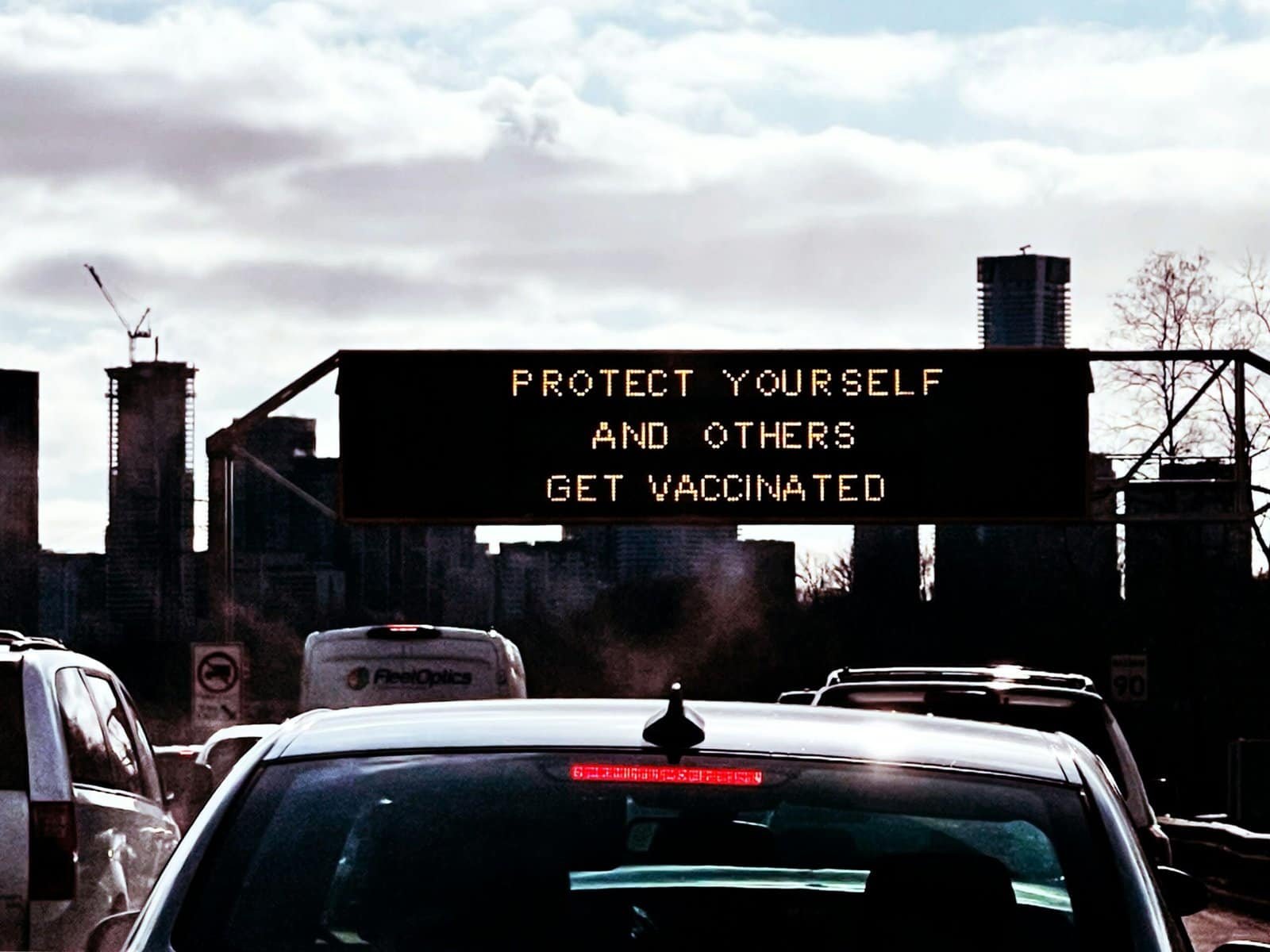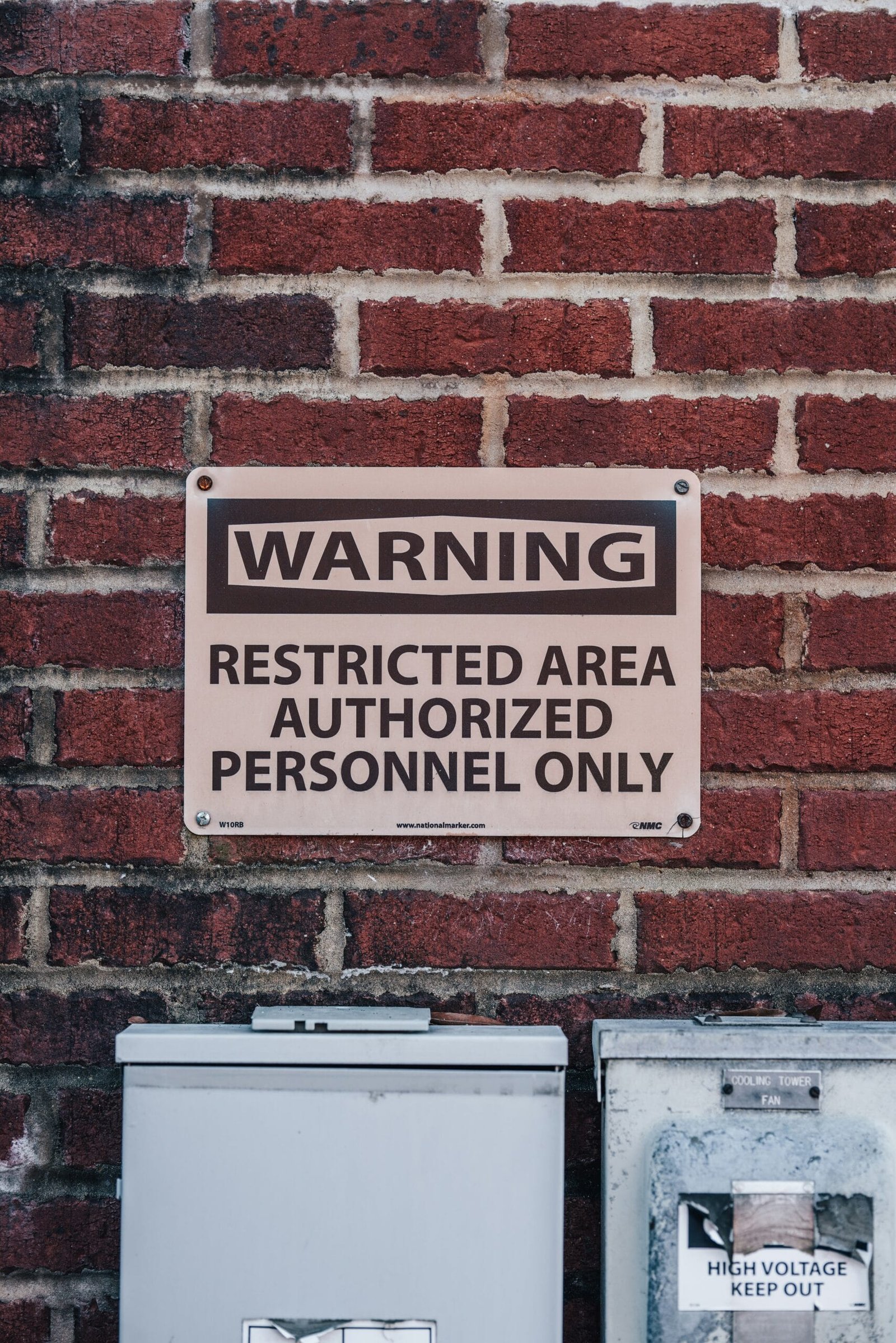Have you ever considered the impact of surface runoff on your well water? You may take steps to safeguard your well, ensuring that you and your family have access to clean and safe water. But how exactly should you navigate this important issue, and what are the necessary precautions you can implement? Understanding surface runoff and its implications is crucial to maintaining the integrity of your water source.
Understanding Surface Runoff
Surface runoff occurs when rainwater, melted snow, or other sources of precipitation flow over the ground. Rather than having this water absorb into the soil, it moves across the surface, picking up pollutants, debris, and pathogens along the way. This can be concerning for well owners as contaminants might penetrate the well, adversely affecting water quality.
How Surface Runoff Affects Well Water
Surface runoff can introduce a variety of pollutants into your well. These can range from pesticides, fertilizers, and oil residues to bacteria and viruses from animal waste. When these substances enter your well, they threaten the purity and safety of your drinking water, making it crucial to understand how runoff can impact your well.
Identifying Signs of Contamination
Knowing whether your well water is contaminated usually requires a professional evaluation, but certain signs may indicate a problem. Unusual tastes, odors, or visible particles in your water are red flags. If anyone in your household experiences unexplained gastrointestinal issues, it might also point to possible contamination.
Assessing Well Location and Structure
The positioning and construction of your well are fundamental in preventing surface runoff contamination. Paying close attention to these aspects can help protect your well over time.
Importance of Well Placement
The ideal placement of a well is on elevated ground, away from potential sources of contamination such as septic systems, livestock operations, or areas prone to flooding. Higher ground prevents water from pooling around the wellhead and minimizes the risk of runoff entering your well.
Evaluating Well Construction Quality
Ensure that your well is constructed with proper casing and watertight materials, extending above the ground to prevent runoff water from directly entering. A well cap must be tightly sealed and well-maintained to eliminate any entry points for contaminants.

Construct Effective Barriers
Barriers play a critical role in directing surface runoff away from your well. Implementing physical and vegetative barriers can significantly reduce the risk of contamination.
Installing Diversions and Berms
Constructing diversions, such as ditches or berms, can help redirect water away from your well. Make sure these barriers effectively channel water, reducing its flow speed and erosive potential, minimizing the amount of runoff reaching your well area.
Using Vegetative Barriers
Planting grass and other ground covers around your well can stabilize the soil and reduce runoff. Vegetation acts as a natural filter that captures sediment and pollutants before they can reach your well.
Regular Monitoring and Maintenance
Routine checks and maintenance of your well system are crucial for early detection and prevention of potential problems.
Testing Well Water Quality
Regular testing of your well water is imperative for detecting any harmful substances early. Consider testing your water at least annually and after heavy rainfall events or noticeable changes in your water’s taste or odor.
| Test Type | Frequency | Purpose |
|---|---|---|
| Basic Panel | Annually | Check for common contaminants like nitrates |
| Heavy Metals | Biennially | Ensure no harmful metals like lead or arsenic |
| Bacteria | Quarterly | Monitor for E. coli or coliform bacteria |
Inspecting Well Equipment
Regularly inspect your well’s casing, cap, and other components to ensure they are in good condition. Any cracks or gaps should be repaired promptly to prevent any pathway for contamination.

Understanding Your Water Heater’s Role
Your water heater can influence water safety, especially if it malfunctions or is improperly maintained. It’s essential to comprehend how this appliance fits into the overall safety of your water system.
How Your Water Heater Affects Water Quality
Water heaters can accumulate sediment and develop corrosion or bacterial growth within the tank over time. This can affect the taste, smell, and quality of your water, posing potential health risks.
Best Practices for Water Heater Maintenance
Regularly draining and flushing your water heater can prevent sediment build-up. Inspect the anode rod and replace it as needed to extend the lifespan of the heater and maintain water quality.
Implementing Sustainable Practices
Adopting environmentally conscious practices can mitigate surface runoff and protect your well in the long term.
Landscaping with Native Plants
Using native plants in your landscaping conserves water and requires less fertilizer and pesticides, reducing potential contaminants in runoff. These plants are adapted to your local climate and can improve soil stability.
Practicing Responsible Chemical Use
Limit the use of harmful chemicals on your property. Opt for eco-friendly fertilizers and pesticides, and carefully manage any hazardous substances to reduce the risk of contamination.

Educating Your Household
Education is a powerfully proactive tool. By informing everyone in your household about well water safety, you engage them in the process of keeping the water clean and safe.
Teaching the Signs of Water Issues
Ensure that everyone is aware of the signs of water contamination and the taste and odor changes that require immediate attention. Instilling this knowledge can lead to quicker problem resolution.
Establishing Action Plans
Have a clear action plan in case your well water gets contaminated. Knowing whom to contact and what steps to follow minimizes panic and ensures swift action to address the problem.
Seeking Professional Help
Professional expertise is invaluable when it comes to well maintenance and water safety. Don’t hesitate to reach out for assistance if required.
Working with Water Quality Professionals
Certified water quality experts can conduct thorough assessments and recommend tailored solutions for your well’s specific needs. Having a trusted professional gives you the confidence that your well is adequately protected.
Seeking Advice from Well Specialists
Collaborate with well specialists to review your well’s construction and maintenance strategies. They can provide insights into the best practices for safeguarding your water supply from surface runoff and other threats.

Conclusion
Protecting your well from surface runoff is a multifaceted process that requires attention to detail and ongoing vigilance. By assessing your well’s location and structure, constructing effective barriers, practicing regular maintenance, and adopting sustainable habits, you can safeguard your water from contamination and ensure its purity for years to come. Remember, understanding the relationship between your water heater and water quality is also crucial. Regular education and clear action plans will empower you and your household to take immediate action when necessary. Never hesitate to seek professional guidance to bolster your strategies and keep your well water safe and clean.
